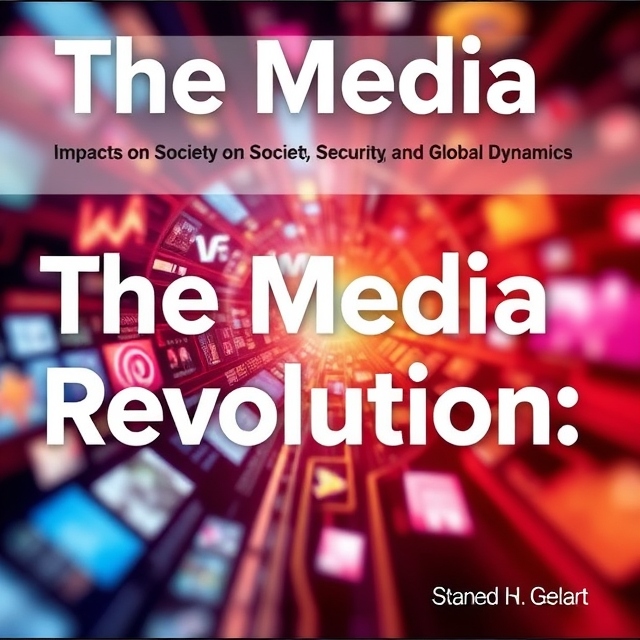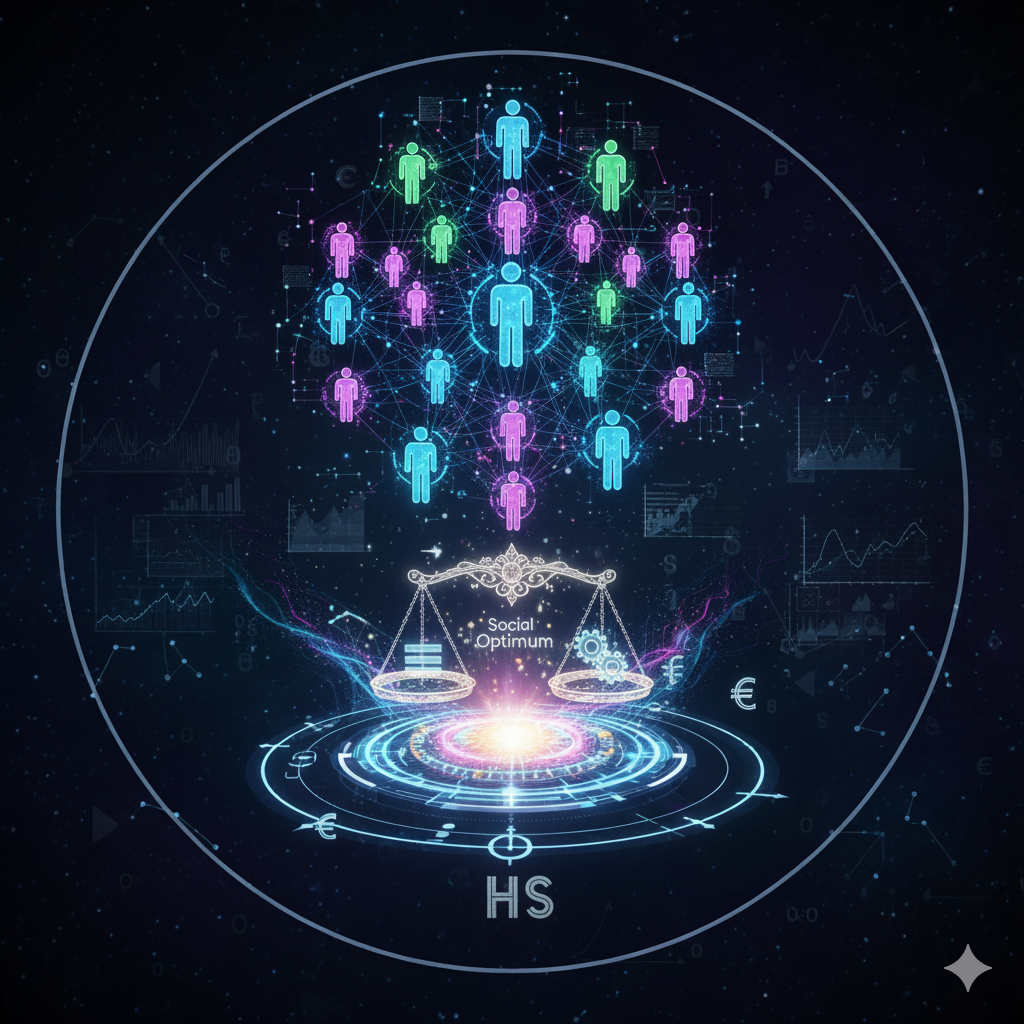The media revolution, particularly the rapid expansion of Information and Communication Technology (ICT), has dramatically transformed the landscape of global communication. The advent of digital media, the internet, satellite television, and social media platforms has reshaped how people access and share information. This revolution has had profound effects on both the global and national scales, influencing public opinion, political discourse, cultural exchange, and even national and international security. In India and around the world, the media revolution has brought about numerous positive and negative changes.
Positive Changes Due to the Media Revolution
1. Enhanced Communication and Global Connectivity
One of the most significant benefits of the media revolution is the unprecedented level of communication and global connectivity it has enabled. The rise of the internet, smartphones, and social media platforms has brought people closer, allowing them to communicate in real-time, regardless of geographical barriers. Information is now available at the fingertips of billions of people, fostering a globalized society where ideas, news, and trends spread rapidly across borders.
In India, this connectivity has played a crucial role in bridging the rural-urban divide. People in remote areas now have access to educational resources, healthcare information, and government schemes through mobile phones and the internet. The digital revolution has democratized access to knowledge and enabled people to participate in national conversations on social, political, and economic issues.
2. Promotion of Democracy and Political Awareness
The media revolution has empowered citizens by giving them access to diverse viewpoints and enabling them to voice their opinions. In countries like India, where democracy plays a crucial role in governance, media platforms have facilitated greater political awareness and participation among the population. Through news channels, social media, and blogs, individuals can now engage in political debates, raise awareness about critical issues, and even mobilize support for causes.
For instance, during India’s general elections, social media platforms like Twitter, Facebook, and WhatsApp have become essential tools for political campaigns, allowing politicians and parties to communicate directly with voters. This shift towards digital media has increased political participation, especially among young people, who now engage in political discussions and activism more than ever before.
3. Social Awareness and Advocacy for Human Rights
The media revolution has also played a vital role in raising awareness about social issues and advocating for human rights. Through global news outlets and social media campaigns, people can now share their experiences and highlight injustices that might otherwise remain hidden. Movements like #MeToo, Black Lives Matter, and environmental campaigns have gained traction thanks to the ability of media to amplify voices and connect people across borders.
In India, media campaigns have been pivotal in highlighting issues like child labor, gender inequality, environmental degradation, and government corruption. The role of investigative journalism has also grown, with media outlets exposing scams and holding public officials accountable.
4. Access to Education and Information
The internet has revolutionized the educational sector by providing access to a vast array of online resources. In India, where educational infrastructure is often inadequate in rural areas, online learning platforms, e-books, and educational websites have become vital tools for students to enhance their knowledge and skills. Initiatives like SWAYAM, an online platform for MOOCs (Massive Open Online Courses), have made quality education more accessible.
Globally, platforms like YouTube, Coursera, and Khan Academy have allowed people to learn new skills, earn certifications, and gain knowledge from experts around the world without leaving their homes. This democratization of education has empowered millions, especially in developing nations, to improve their lives and careers.
5. Cultural Exchange and Globalization
Media has also facilitated greater cultural exchange and globalization. Through international news outlets, television programs, and digital content, people can experience cultures from around the world. This exchange has led to a greater understanding and tolerance between different nations and ethnic groups. Indian films, music, and fashion have gained global recognition, and international media content is now more accessible than ever to people across the world.
In India, the global popularity of Bollywood and the rise of streaming platforms like Netflix and Amazon Prime have introduced Indian culture to a global audience. Conversely, the influence of Western media has led to the adoption of new ideas, lifestyles, and technologies in Indian society.
Negative Changes Due to the Media Revolution
1. Spread of Misinformation and Fake News
One of the most significant drawbacks of the media revolution is the ease with which misinformation and fake news can spread. Social media platforms, in particular, have become breeding grounds for rumors, propaganda, and false narratives. In India, incidents of communal violence and political unrest have been exacerbated by the rapid dissemination of false information on platforms like WhatsApp, leading to real-world consequences.
Globally, the spread of fake news during significant events, such as elections or health crises (e.g., the COVID-19 pandemic), has influenced public opinion and even swayed elections. The inability to verify the authenticity of information before it is shared has created an environment of confusion and distrust.
2. Invasion of Privacy and Cybersecurity Threats
With the increasing use of digital media, concerns over privacy and cybersecurity have intensified. Personal data is now more vulnerable than ever, and the misuse of such information for commercial gain, identity theft, or malicious purposes has become a significant concern. In India, issues like data breaches, hacking, and surveillance have raised alarm about the erosion of individual privacy in the digital age.
Globally, cyber-attacks and the hacking of personal information have become prevalent, targeting both individuals and organizations. The recent rise in ransomware attacks, phishing scams, and data leaks has shown how the revolution in media and communication has created new vulnerabilities.
3. Digital Divide and Inequality
While the media revolution has made information more accessible, it has also highlighted the digital divide that exists between different segments of society. In India, while urban areas are becoming increasingly digitized, rural areas still face significant barriers in accessing the internet and digital tools. This divide can perpetuate social and economic inequalities, with marginalized communities being excluded from the benefits of the media revolution.
Globally, the digital divide also exists between developed and developing countries, with the former having better access to technology and digital infrastructure. As a result, the global south often lags in the digital economy and access to information, further deepening the gap between rich and poor nations.
4. Over-commercialization of Media
The commercial interests of media organizations have led to sensationalism and the prioritization of entertainment over responsible journalism. In the race to attract viewers and generate revenue, media outlets often resort to clickbait, misleading headlines, and biased reporting, undermining the credibility of the information being presented. In India, the sensationalist portrayal of issues like crime, politics, and entertainment has contributed to the erosion of journalistic standards.
The emphasis on entertainment and profit has also led to the proliferation of trivial content, leaving less room for serious and impactful news. This has contributed to a decline in public trust in traditional media and the rise of alternative sources of information, many of which lack credibility.
5. Cultural Homogenization
While the media revolution has fostered cultural exchange, it has also led to the homogenization of cultures. Global media content, especially from Western countries, often dominates the media landscape, influencing cultural norms and values in other countries. In India, there has been a growing concern that traditional values and cultural identities are being undermined by the influx of Westernized content, particularly through digital streaming platforms.
In many developing countries, the pervasive influence of Western culture through media has led to the erosion of local traditions and practices. This cultural shift can create tensions between the old and the new, as well as generate a loss of identity among younger generations.
Role of Media in National and International Security
1. National Security
The media plays a critical role in both national defense and security. In democratic countries like India, the media is often considered the “fourth pillar” of democracy, and it plays a key role in informing citizens, scrutinizing the actions of the government, and ensuring transparency. However, media coverage of sensitive issues can also be a double-edged sword. On the one hand, it can help highlight security concerns and mobilize public support for counterterrorism or defense policies. On the other hand, the media can unintentionally compromise national security by disclosing classified information or promoting fear and panic.
In India, the media has played a vital role in reporting on security challenges, such as cross-border terrorism, insurgencies in Kashmir, and internal conflicts. However, sensationalized media coverage of security issues can sometimes contribute to public anxiety or exacerbate conflicts.
2. International Security
On the international stage, media plays a crucial role in shaping public opinion and influencing diplomatic relations. The coverage of international conflicts, terrorism, human rights violations, and geopolitical tensions can sway the opinions of governments and global organizations. Media platforms, especially news channels and social media, can also serve as tools for propaganda, influencing international perceptions of conflicts and political regimes.
In recent years, social media has become a battleground for information warfare, with countries using digital platforms to engage in cyber-espionage, spread propaganda, and influence global events. The role of media in international security has thus expanded from simply reporting on events to actively participating in the shaping of global narratives.
Conclusion
The media revolution has brought both positive and negative changes to India and the world. It has improved communication, fostered global connectivity, promoted democracy, and enhanced cultural exchange. However, it has also led to the spread of misinformation, invasion of privacy, and digital inequalities. The role of media in national and international security is critical, as it can influence public opinion, shape political discourse, and even impact the course of international relations.
As we continue to navigate the challenges and opportunities presented by the media revolution, it is essential to balance the benefits of digital communication with the responsibility of maintaining truth, security, and cultural integrity. The future of media will depend on the efforts of governments, media organizations, and individuals to ensure that it remains a force for good in society.




